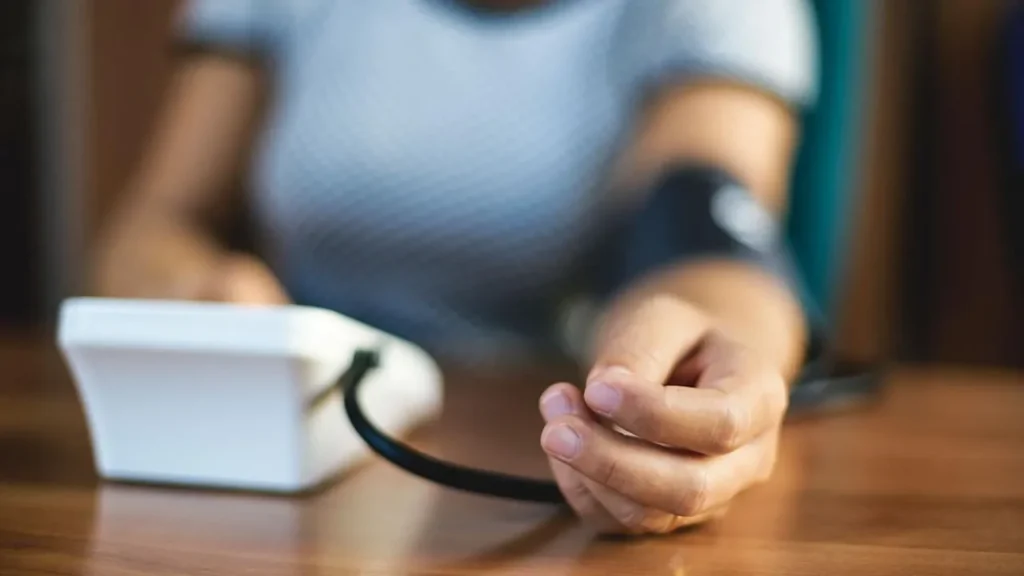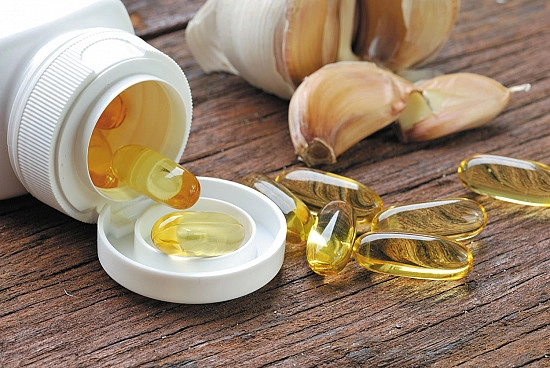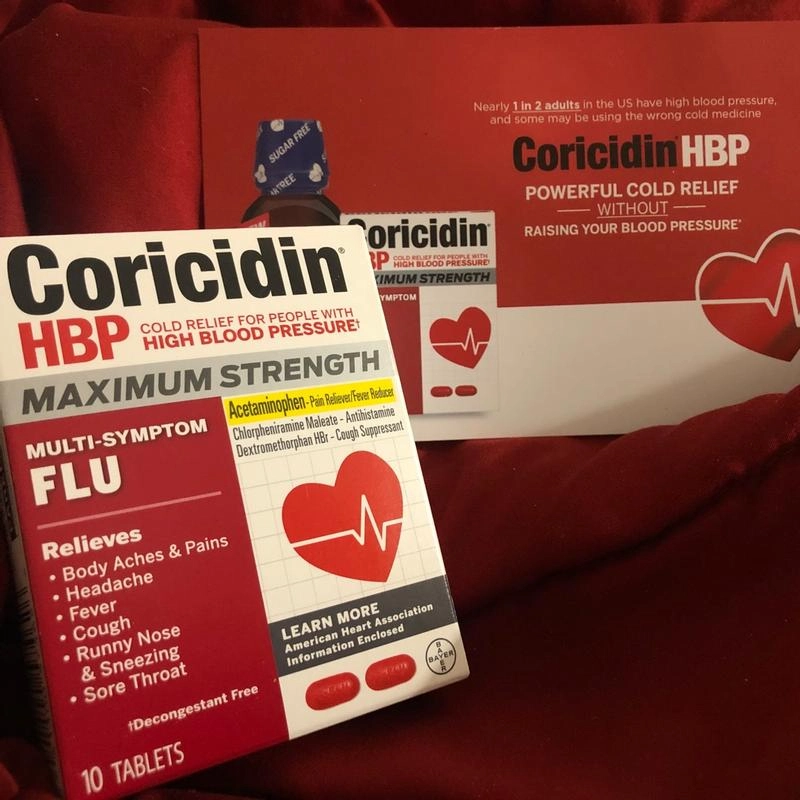Free Blood Pressure Monitor for Low-Income: Are you having trouble controlling your blood pressure because of budgetary limitations? You’re not at all alone. It is difficult for millions of Americans with modest incomes to keep an eye on this important health indicator.

The eligibility requirements, application procedure, and possible effects of this project will all be covered in this blog article. Find out how you can take charge of your health with the help of this program.
Hypertension Management Program
You may qualify for a free electronic blood pressure monitor if you’re a member of Blue Cross Blue Shield’s Federal Employee Program (FEP).
This program is a component of Blue Cross FEP’s dedication to assisting members in efficiently managing their hypertension. You must be older than eighteen to be eligible.
Contact your Blue Cross FEP agent or go to their official website to learn more about this program. Proof of your FEP enrollment and medical records attesting to your diagnosis of hypertension or other high blood pressure conditions will be required.
After being accepted, you will be provided with a free electronic blood pressure monitor, enabling you to manage your cardiovascular health from the convenience of your own home. Here are some programs you can go for:
Hello Heart
Hello Heart is a useful website for anyone worried about cardiovascular health. You might be eligible for a free blood pressure monitor if you are a primary member of the State Health Plan and are at least 18 years old.
This program is especially intended for people who have been diagnosed with hypertension, have blood pressure readings of 130/80 mmHg or higher, or are currently on blood pressure medication.
It’s easy to sign up for the Hello Heart app. All you have to do is provide basic health information and confirm your eligibility with the State Health plan. Get your complimentary blood pressure monitor after being accepted, enabling you to manage your heart health from the convenience of your own home.
Effective management of hypertension requires regular monitoring and honest discussion with your healthcare practitioner. The Hello Heart program gives you the tools to maintain general and cardiac health.
Medicare Program
As part of its preventive care services, Medicare provides complete coverage for blood pressure control. During your annual wellness appointment, you can get a free blood pressure check, guaranteeing consistent tracking of this important health metric.
You can address any issues and talk about your cardiovascular health with your healthcare physician during this yearly check-up.
Medicare occasionally covers more advanced blood pressure self-monitoring devices. Your doctor can suggest an ambulatory blood pressure monitor (ABPM) if they believe you have “white coat” or “masked” hypertension.
Masked hypertension is the opposite of white-coat hypertension, which occurs when readings are greater in a medical setting than at home.
Using ABPMs
Still on Free Blood Pressure Monitor for Low-Income, an ABPM is a portable blood pressure monitor that takes readings every 24 to 48 hours. It gives you a more complete view of how your blood pressure changes as you go about your everyday business and while you sleep.
Your doctor may be able to avoid prescribing needless medication with the use of this comprehensive information, which will aid in more precise diagnosis and treatment choices.
By providing these treatments, Medicare hopes to lower beneficiaries’ risk of cardiovascular illnesses by promoting the early diagnosis and treatment of hypertension.
Medicaid Coverage
Home or self-measured blood pressure (SMBP) monitoring devices are currently covered by 84% of state Medicaid programs, which is a major step toward bettering the management of hypertension.
This increased coverage is an important step toward ensuring that low-income Americans have access to these essential tools. Medicaid is giving people the tools they need to take charge of their cardiovascular health by giving away free blood pressure monitors.
Your doctor should help you through the process if you require a blood pressure monitor and are qualified for Medicaid. They also explain what to include on the prescription form and how to order your equipment.
Keep in mind that the best person to help you navigate the nuances of your state’s Medicaid coverage for SMBP devices is your healthcare practitioner. Take charge of your health right away!
Benefits of Home Monitoring?

Self-measured blood pressure tracking has a number of benefits.
- Convenience: To cut down on the frequency of clinic visits, take readings at home.
- Accuracy: Taking several readings throughout time gives you a more complete view of your blood pressure.
Utilizing Medicaid’s coverage of these devices is a significant step toward proactive health management and may significantly lower the risk of heart disease or other issues.
Using Your Free Blood Pressure Monitor
How should you take readings at home after you’ve gotten your free monitor? Consistency is essential for obtaining the most accurate blood pressure readings.
Lastly on Free Blood Pressure Monitor for Low-Income, before taking a measurement, sit quietly for five minutes with your arm at heart level and your feet flat on the ground. Before getting a reading, abstain from coffee, physical activity, and smoking for at least half an hour.
Longevity and accuracy are guaranteed when your blood pressure monitor is kept clean and maintained. After every use, wipe the monitor and cuff with a moist cloth.
Keep the gadget out of direct sunlight and in a cool, dry location. When the low battery warning displays, change the batteries right once. Additionally, keep the monitor away from extremely high or low humidity levels.
In summary, understanding your blood pressure readings is crucial for managing your health. A normal reading is typically below 120/80 mmHg. If you consistently get higher readings, consult your healthcare provider.
They can help interpret your results and recommend lifestyle changes or treatments. While a single high reading doesn’t necessarily indicate hypertension, patterns over time are important to monitor.






